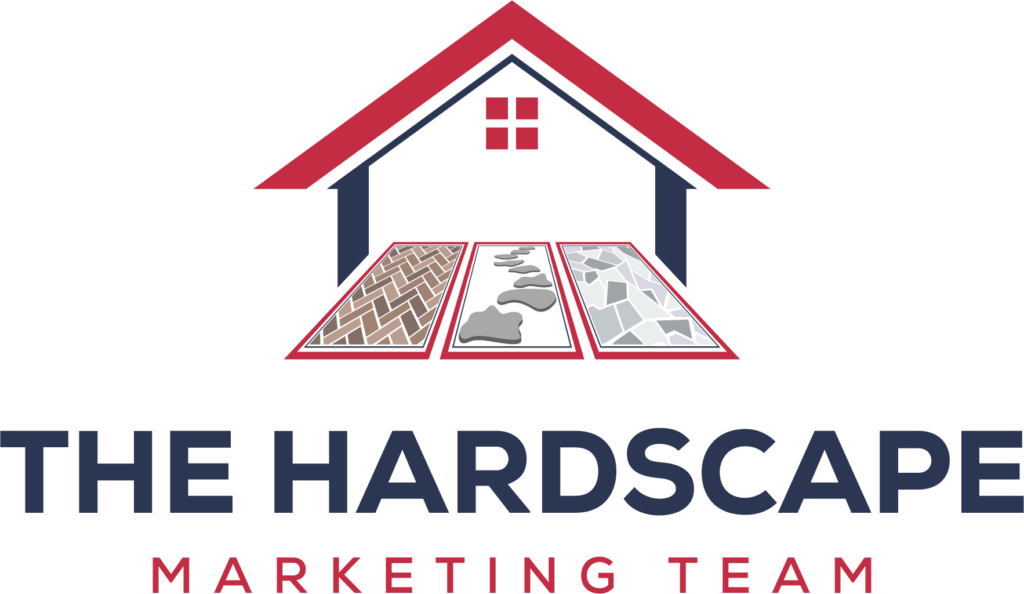“`html
Maximize Website Efficiency with Google’s Latest Crawl Budget Tips
In the ever-evolving world of Search Engine Optimization (SEO), understanding and optimizing your website’s crawl budget is as crucial as ever. Recently, Google has shared an update on crawl budget best practices, providing invaluable insights for webmasters and SEO professionals to enhance their site’s visibility and performance.
What is Crawl Budget?
Crawl budget refers to the number of pages Google will crawl on your site during a given timeframe. It is influenced by factors such as site health, server performance, and, importantly, whether your content delivers relevant value to users. Efficiently managing your crawl budget is fundamental for ensuring that Google’s bots effectively index your site’s most important content.
Why is Crawl Budget Important?
For sites with extensive pages or rapidly updating content, having a well-managed crawl budget ensures that search engines discover and index your priority pages promptly. A poorly managed crawl budget can lead to:
- Delayed indexing of new content.
- Old and irrelevant pages being crawled, wasting resources.
- Server overload, which can affect site performance.
Google’s Latest Crawl Budget Best Practices
Google’s recent update on crawl budget focuses on several best practices that can help sites improve their crawl efficiency. Here’s a rundown of these recommendations:
1. **Ensure Quality Over Quantity**
Google emphasizes the importance of content quality. Rather than publishing more pages, focus on delivering high-quality, relevant, and unique content. This approach not only attracts users but also encourages more frequent and efficient crawling by search engines.
2. **Optimize Your Server Performance**
The performance and speed of your server play a pivotal role in crawl budget management. A fast and responsive server ensures that crawlers can navigate and index your site swiftly. Consider implementing:
- Content Delivery Networks (CDNs) for distributing content more effectively across various geographical locations.
- Compressed images and files to enhance load speeds.
- Regular monitoring and tweaks to optimize server response times.
3. **Improve Internal Linking**
Internal links not only guide users but also assist search engines in discovering and prioritizing pages. Ensure a robust internal linking structure to highlight significant content and streamline the crawling process. Consider the following strategies:
- Link to high-priority pages more frequently throughout your content.
- Use descriptive anchor texts to inform crawlers about the target content.
- Regularly audit internal links to avoid broken or redundant pathways.
4. **Utilize Sitemap and Robots.txt Effectively**
Your sitemap and robots.txt file play critical roles in guiding crawlers. A well-structured sitemap helps search engines discover new pages, while the robots.txt file directs crawlers away from content you don’t want indexed.
Maintain an updated and comprehensive sitemap, especially if your website frequently changes or adds content. Periodically review your robots.txt file to ensure it aligns with your current SEO goals and website structure.
Additional Tips from Google
5. **Consolidate Duplicate Content**
Duplicate content can dilute your crawl budget and confuse search engines. Consolidating duplicate content using canonical tags or by redirecting to a single preferred version ensures that crawlers focus on your priority pages.
6. **Minimize URL Parameters**
Complex URLs with multiple parameters can create unnecessary duplicates. Strive to simplify URL structures and consider utilizing Google Search Console’s parameter handling feature to guide crawlers appropriately.
7. **Monitor and Adjust Crawl Rate Settings**
For websites with vast amounts of content, managing the crawl rate settings in Google Search Console can improve efficiency. While Google generally determines the optimal rate, you can request changes if you notice crawling issues or server stress.
The Role of Technical SEO
While Google’s updated crawl budget tips primarily focus on content relevance and site structure, technical SEO elements remain integral to a successful strategy. Regular technical audits can ensure that your website adheres to best practices and addresses potential pitfalls that could hinder crawling and indexing.
Conclusion: Embrace Google’s Recommendations for Optimum Efficiency
By incorporating these latest insights from Google into your SEO strategy, you can better manage your website’s crawl budget. This not only enhances your site’s visibility in search results but also fortifies its overall user experience.
Regularly evaluate your site’s performance, content strategy, and technical aspects to make data-driven improvements. With a focus on quality content, efficient server management, and robust internal linking, your site will be well-equipped to thrive in a competitive digital landscape.
“`
